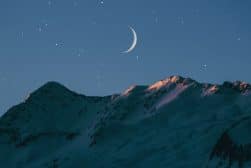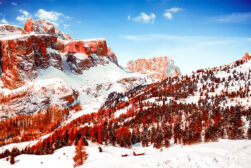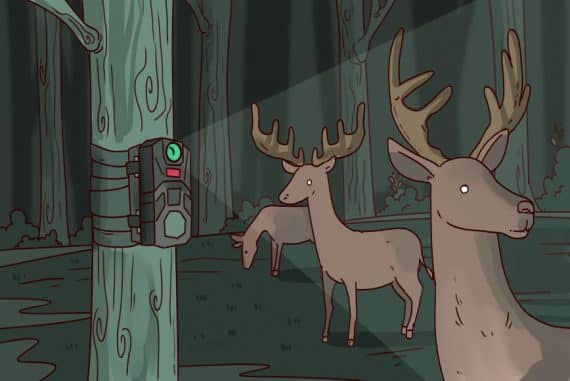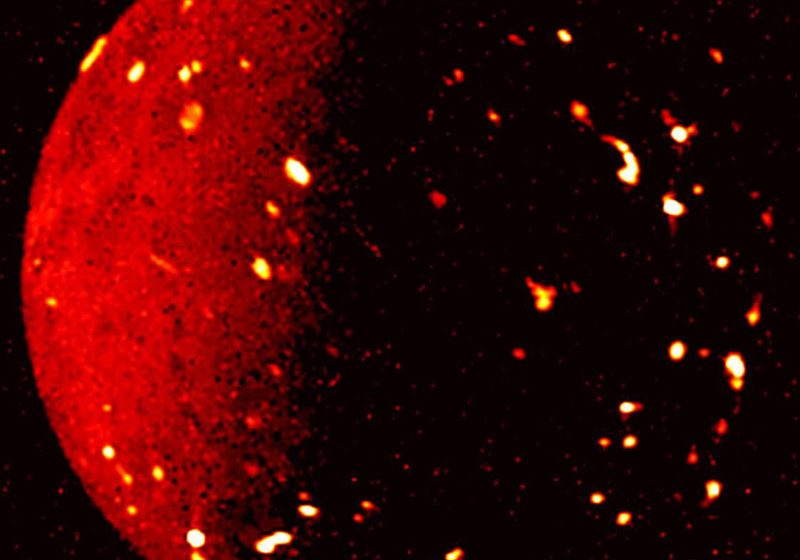
NASA’s new photos of Jupiter’s moon Io are like scenes deep space Hell
News | By Stephan Jukic | December 20, 2022
NASA has been on a roll of superb space photos recently and its latest shots of the Jovian moon Io are a truly terrifying example of our hostile solar system.
While we all know that no other planet or moon in the solar system can even remotely be called friendly to life, photos of the other planets don’t always easily convey the sheer hostility of their landscapes.
Images of worlds like Neptune or Uranus can even do the opposite by creating a notion of balmy blue seas and skies. Images of places on Mars, especially those taken on a sunny day by one of our surface rovers on the planet, almost look like something captured in a desert corner of Earth itself.
The same goes for many other worlds, which either look too abstractly beautiful to give a real impression of their awful surface conditions or are just barren in a way that doesn’t communicate much emotionally.
Well for NASA’s latest photo of Io, all the opposite is finally made real in one image. This particular moon orbits the solar system’s largest planet, Jupiter, and is its third-largest satellite.
This makes it just slightly larger than our own moon. Unlike our moon, however, Io is covered in extremely active, constantly exploding volcanos that endlessly jet out sprays of lava, sulfur, and toxic clouds of sulfur dioxide up to 500km (300 miles) into the sky above this hellish world.
This extreme volcanism makes Io the most tectonically active object in the whole solar system. It’s caused by immense gravitational forces between Jupiter and its larger neighboring moons creating tidal heating and friction beneath Io’s crust.
The volcanoes on Io’s surface aren’t small either; some of them reach heights greater than that of Mount Everest on Earth. With that in mind, you can maybe imagine the sheer fury of so many of them exploding constantly all over the whole planet’s surface.
Previous NASA photos of Io certainly let us see the volcanic activity all over its surface. However, because of how they were taken by the Galileo probe decades ago, the volcanism looked more like an abstract art pattern on a round, strangely-colored ball than the sheer insanity of explosive power that it really represented.

Galileo’s 1989 photo of Io doesn’t convey its volcanic fury well
NASA’s latest photo, taken as an infrared image by its Jovian Infrared Auroral Mapper (JIRAM) instrument attached to the agency’s Juno probe is an entirely different story.
This latest image uses infrared to do it, but it truly captures an impression of Io in a way that brings home how violent this little moon is. It also helps reaffirm just how hostile to life the rest of the solar system, in general, can be.
As you can see for yourself in the image, Io’s surface seems to be nearly tearing itself apart with volcanic explosions. The way in which the infrared light of background stars is captured only adds to the impression by creating an effect that resembles lava spraying far into the sky.
The glowing volcanic cores all over the world’s surface are very plentiful and obviously extremely active.
Juno’s JIRAM instrument captured these photos as the space probe passed within 80,000km or 50,000 miles of Io on July 5th of this year.
Juno itself was launched from Cape Canaveral, Florida on August 5th of 2011 with a mission to take up a polar orbit around Jupiter in July 2016.
Its mission parameters were later expanded to include flybys of several Jovian moons, including Io and Europa. The latter, unlike its fiery cousin, is covered in thick layers of ice that (probably) overlay a deep salty ocean. The probe has also taken some spectacularly unique photos of Jupiter’s swirling, stormy surface.
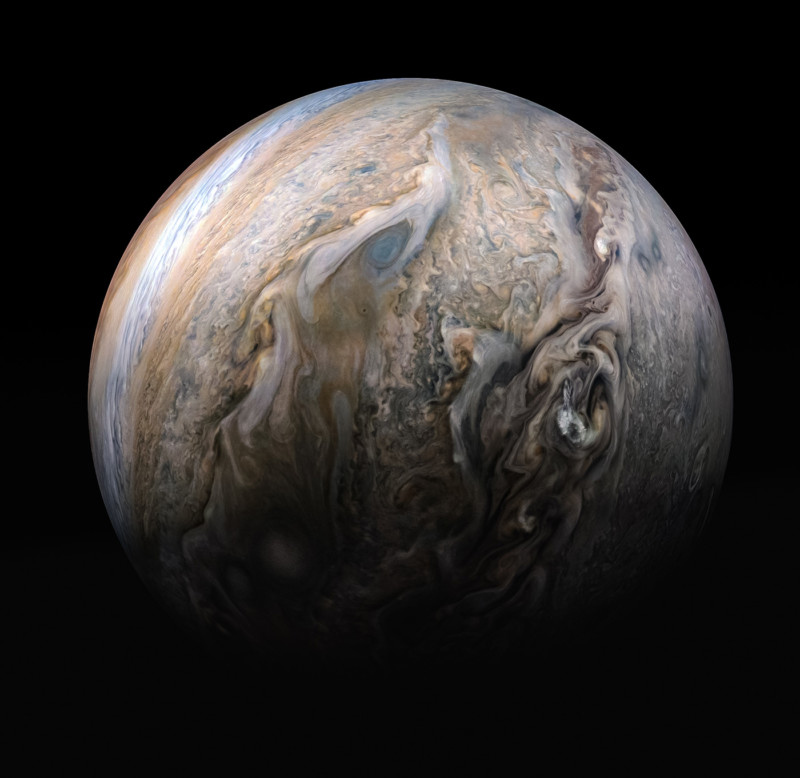
Juno is also tasked with observing Jupiter’s rings (Yes, Jupiter has them too, even if they’re not as spectacular as those of Saturn).
Despite reaching speeds as high as 210,000 km/h (130,000 mph) it still took Juno several years to cross the 2.8 billion kilometers (1.7 billion miles) to Jupiter.

Check out these 8 essential tools to help you succeed as a professional photographer.
Includes limited-time discounts.





